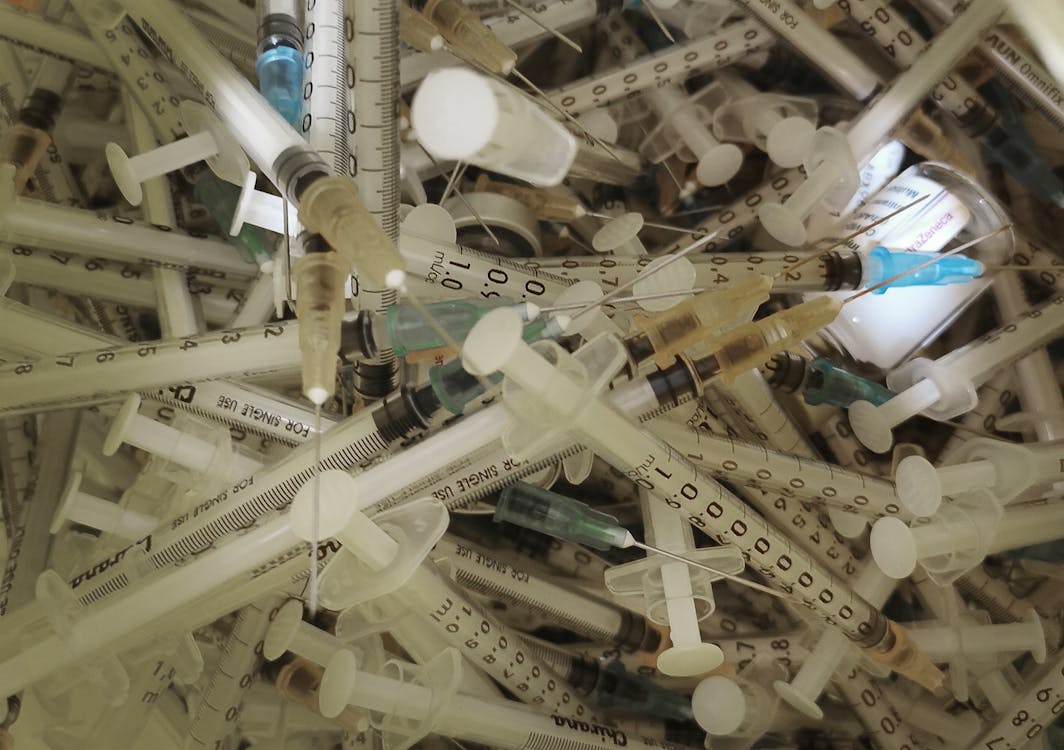What Goes in a Sharps Container?
If you work in a healthcare setting, you already know how important it is to dispose of used sharps properly and to understand what goes in a sharps container.
Millions of sharps are used daily in hospitals, clinics, and other medical settings all over the country, but when disposed of improperly, sharps can pose significant health risks, including injuries, infections, and the potential spread of diseases. This is particularly important in Florida, where the healthcare industry plays a pivotal role in serving the state’s large and diverse population.
There are strict regulations governing the handling and disposal of medical sharps in Florida, with the goal of ensuring the safety of healthcare workers, patients, and the broader community. Adhering to these guidelines protects everyone involved while also reinforcing trust in the healthcare system, and at the core of this effort lies the use of proper sharps containers.
In this blog, we’ll take a closer look at sharps disposal and how it can play a role in helping to manage medical waste more effectively.
What Is Sharps Medical Waste?
Sharps medical waste refers to any objects capable of puncturing, lacerating, or otherwise penetrating the skin. Commonly used in healthcare settings, these items are typically used in various medical procedures, including administering medication, drawing blood, and managing certain chronic conditions. To mitigate the risks of improper handling, healthcare facilities, educational institutions, and individuals are required to dispose of sharps in dedicated containers that meet safety standards.
Common examples of sharps include:
- Hypodermic needles
- Syringes
- Scalpel blades
- Lancets
- Infusion sets
- IV catheter needles
Sharps Container Management
A sharps container, according to Florida regulations, is a “rigid, leak, and puncture-resistant container, designed primarily for the containment of sharps, clearly labeled with the phrase and international biological hazard symbol as described in Section 64E-16.004(2)(a), F.A.C., and manufactured with dyes meeting the requirements for incidental metals as described in Section 64E-16.004(2)(b)1.b., F.A.C.”
Here’s a list of what should go in a sharps container:
- Needles – Includes both hypodermic needles and IV needles.
- Syringes – Both with and without needles attached.
- Scalpel Blades – Used for surgical and medical procedures.
- Lancets – Small, pointed tools often used for blood sugar testing.
- Broken Glass – If it has been in contact with blood or other potentially infectious materials.
- Infusion Sets and Catheters – Any sharp medical instrument used in IV delivery.
- Dental Wires and Orthodontic Appliances – If classified as a medical sharp.
- Small Scissors – If they are used in medical procedures.
Now that you know what goes in a sharps container, it’s important to note that you don’t want to put general medical waste or household garbage in sharps containers. Items like gauze, cotton swabs, and bandages should be disposed of in a separate appropriate medical waste container rather than in a sharps container. The misuse of sharps containers can lead to overflowing or improper disposal, potentially increasing the health risks.
Choose SaniTrax for Reliable Medical Waste Disposal in Florida
SaniTrax is a family-owned business specializing in medical waste disposal in Florida. We serve numerous healthcare institutions across the Sunshine State, and we are committed to safety, compliance, and customer service, ensuring that your sharps disposal process is stress-free and aligns with Florida’s regulatory standards.
Proper sharps disposal and sharps container management are not just regulatory requirements—they are a responsibility that protects the community and the environment.
Contact SaniTrax today to learn more about our services and how we can support your healthcare organization.

